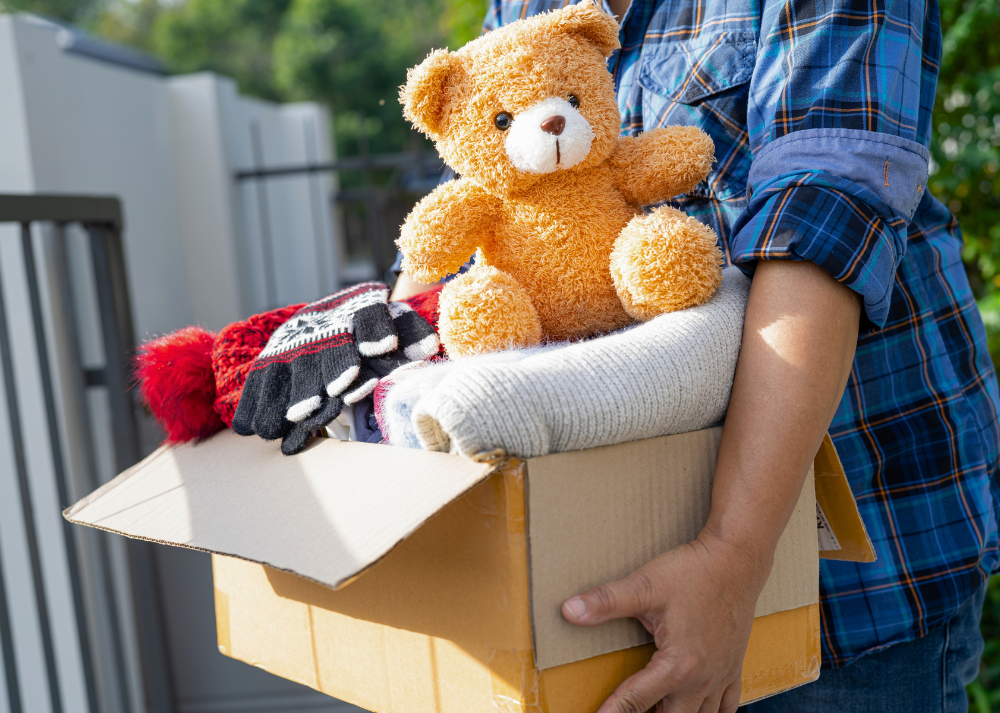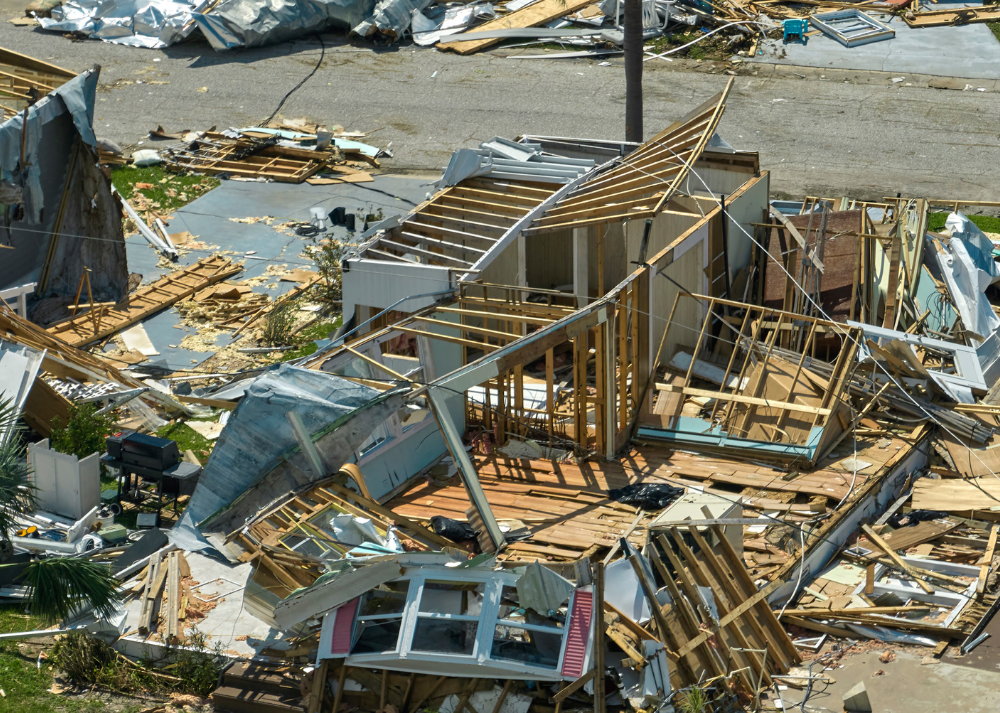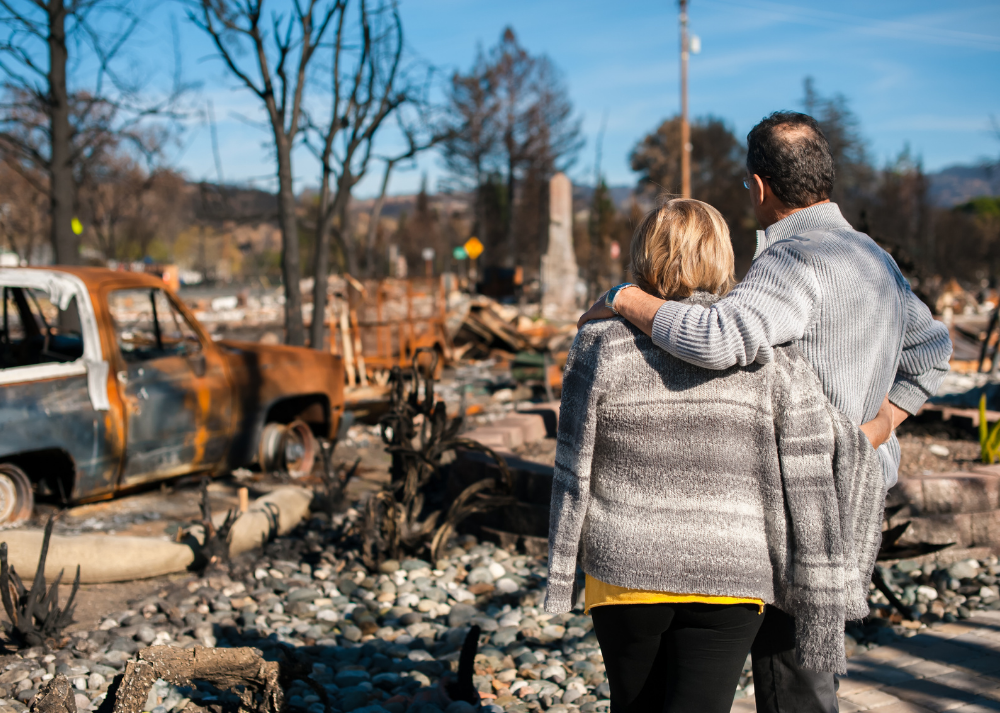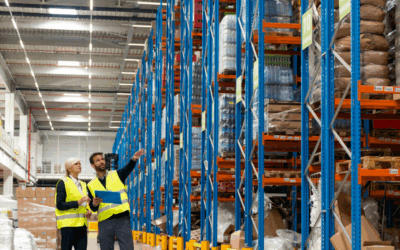When disaster strikes, our instinct to help is immediate and powerful. We see images of devastation, hear stories of loss, and feel compelled to do something – anything – to make a difference. But what if our well-intentioned efforts are actually making things worse?
The “Second Disaster” Phenomenon
Emergency relief professionals have a term for what happens when tons of unneeded product donations overwhelm disaster zones: the “second disaster.” This isn’t hyperbole. It’s a real, documented problem that diverts crucial resources away from actual relief efforts.
Consider this stark example from the 2017 Northern California wildfires: A single evacuation shelter housing approximately 100 people received such an overwhelming stream of donations that volunteers had to box up 5,000 surplus toothbrushes, 3,000 sticks of deodorant, hundreds of gallons of hand sanitizer, and countless used blankets and sleeping bags. All in a single day.
The scale of this mismatch is staggering and unfortunately common. Research shows that 50 to 70 percent of goods that arrive during emergencies are neither needed nor appropriate for the recovery or the region affected.
When Good Intentions Go Wrong
The stories of mismatched disaster donations read like dark comedy, but they represent real waste and diverted resources:
- Weight-loss drinks and chandeliers sent after the Rwandan genocide
- Prom gowns donated to Honduras after Hurricane Mitch
- Fertility drugs shipped to Haiti after the 2010 earthquake
- Used underwear, old toothbrushes, and stilettos sent to war-torn Ukraine
- Pallets of Viagra arriving in Japan after the 2011 tsunami
These examples might seem absurd, but they highlight a fundamental disconnect between donor motivations and survivor needs.

The Psychology Behind Problematic Giving
Why do people continue to send inappropriate donations despite clear guidance to the contrary? Research reveals several key motivations:
The Need for Connection: Many donors find monetary contributions impersonal. They want to feel connected to disaster survivors and see tangible evidence of their impact. As one donor explained, “When you donate items, especially when you can see the delivery, you know you’ve had an impact on those people’s lives.”
Purging with Purpose: Hearing about a disaster can be the trigger that pushes someone to clean out closets and basements. Donors frequently described their motivation as leveraging their unneeded items into charitable giving with a distinct purpose.
Control and Transparency: Both donors and collection drive organizers often prefer material donations because they provide more control over how contributions are used and offer visible proof of impact.
Social Status: The complexity of donor motivations sometimes includes the social recognition that comes with visible charitable acts.
The True Cost of “Free” Donations
The economic reality of disaster donations is sobering. Consider these calculations:
- Sending bottled water overseas can cost 1,000 times more than producing clean water locally
- A $20 teddy bear sent from Los Angeles to Delhi, India, actually costs $165.85 when you factor in shipping and logistics
- That same $165.85 given as cash could purchase 33,170 liters of clean water locally – enough to provide 16,585 people with drinking water for a day
Beyond the direct costs, inappropriate donations create cascading problems:
- Clogged shipping ports and airports delay critical supplies
- Relief workers are diverted from life-saving activities to sort through donations
- Storage and disposal costs burden already cash-strapped communities
- Free foreign goods can damage local economies and businesses
A Better Way Forward
The solution isn’t to discourage generosity. It’s to channel it more effectively. Here’s how:
For Individual Donors
- Give Money, Not Stuff: Cash donations provide ultimate flexibility, allowing organizations to purchase exactly what’s needed when and where it’s needed.
- Support Local: Your physical donations are often more beneficial to local charities in your own community, building resilience where you live.
- Think Long-Term: Major disasters require years of recovery. Continue supporting relief efforts long after media attention fades.
- If You Must Give Goods: Contact local organizations in affected areas first to ask what they actually need. Never assume.
For Organizations
- Education is Key: Continue explaining why monetary donations work better, using testimonials from disaster survivors themselves.
- Improve Communication: Better coordination between donors, collectors, and distributors prevents mismatched resources.
- Deploy Smart Technology: New platforms are emerging to match specific needs with appropriate donations in real-time, though success depends on rapid deployment and local partnerships.

Changing the Narrative Around Disaster Donations
The challenge isn’t just logistical. It’s cultural. We need to shift the narrative around disaster giving from “any help is good help” to “the right help at the right time in the right way.”
This means celebrating the person who sends $50 to a relief organization instead of a box of used clothes. It means recognizing that the most compassionate and effective response might be the one that’s invisible to the donor but perfectly matched to the survivor’s actual needs.
Moving Forward Together
Disasters will continue to strike, and human compassion will continue to drive people to help. The question is whether we can evolve our approach to disaster giving to match the sophistication of our response capabilities.
The “second disaster” of inappropriate in-kind donations isn’t inevitable. It’s preventable through education, better systems, and a willingness to prioritize recipient needs over donor preferences. When we give disaster survivors what they actually need rather than what makes us feel good about giving, everyone wins.
So, the next time disaster strikes and you feel compelled to help, remember: the most powerful thing you can send likely isn’t a box of supplies. It’s your trust in the professionals who know how to turn your generosity into genuine, lasting relief.
After all, the best disaster response isn’t about making donors feel good. It’s about making survivors whole again.
References
- Good360. (2022, August 1). Avoiding the Second Disaster: How (Not) to Donate During a Crisis
- Medium (2017, Oct 12) Stop Donating Goods to Disaster Victims. What They Need Is Money
- NeedsList. (2019, December 5). Avoiding the Second Disaster: 5 Tips for Matching Needs to Resources in Disaster Response.
- United States Agency for International Development (USAID) – Outreach Fact Sheet
- United States Agency for International Development (USAID) – Why is Cash Best?




